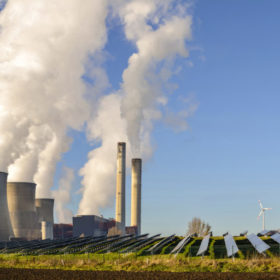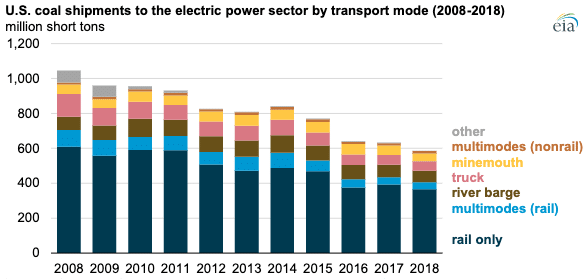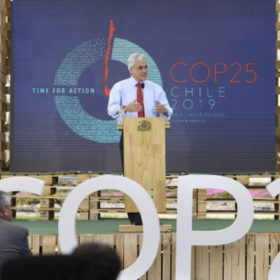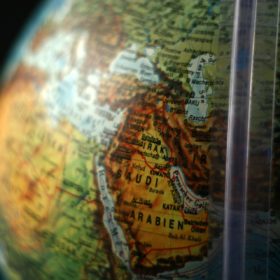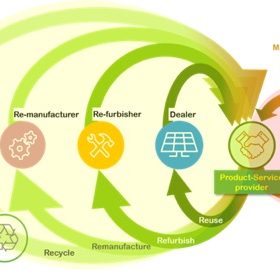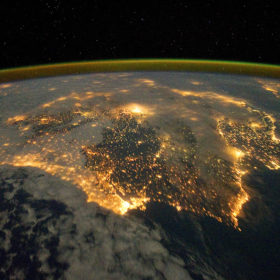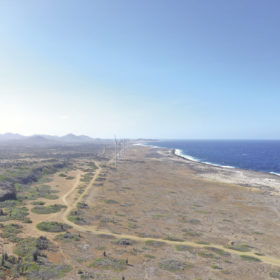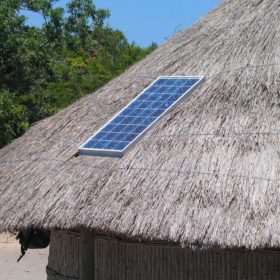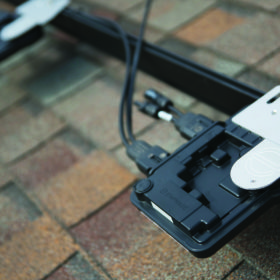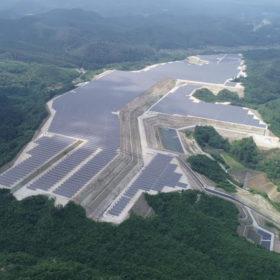
Korean conglomerate LG reports increasing demand for its high-efficiency PV products in key markets while Kyocera said its solar business is improving profitability. Panasonic posted a slight increase in sales for its PV segment, including solar manufacturing.
Korean manufacturer LG Electronics has reported its Business Solutions division – which includes its solar module manufacturing business – saw sales increase significantly in the last quarter.
The company said year-on-year and quarterly growth was driven by increasing demand for high-efficiency PV products in key markets, as well as for premium products in the information display business. Overall, the division’s three-month sales increased 21.2% year-on-year from KRW568 billion ($486 million) in the third quarter of last year to KRW698.7 billion in the latest reporting period.
The Business Solutions unit’s operating income rose 90% year-on-year to KRW66.8 billion, as a result of improved productivity and higher sales, the company added.
LG said it expects solar sales to grow further in the current quarter, as a consequence of rising demand in emerging solar markets along with solid demand from the U.S. and Europe. “But competition in terms of power, efficiency and price will intensify,” said the electronics giant.
The South Korean multinational’s overall turnover was up 1.8% year-on-year, to KRW15.7 trillion, with net profit falling from KRW497 billion to KRW346 billion.
Improved solar business for Kyocera
Japanese manufacturer Kyocera reported the unit containing its PV business – the Life & Environment Group – saw sales increase from ¥40.8 billion ($368 million) in the first half of 2018-2019 to ¥42.1 billion in the same period of this fiscal year, which ends on March 31.
“The profitability of the solar energy business improved due to structural reforms implemented in fiscal [year 2018-]2019, which more than offset an increase in R&D expenses for storage batteries,” the company said, without providing further details about the PV business.
The segment’s net loss improved year-on-year, from ¥6.3 billion to ¥4.9 billion.
Overall, the group reported sales down slightly from ¥800 billion to ¥799 billion, with profits falling from ¥106 billion to ¥85 billion.
Panasonic’s Life Solutions
Fellow Japanese electronics staple Panasonic also published its financial results for the first half of 2019-2020, and reported its Life Solutions division – including the PV manufacturing business – posted a slight increase in sales from ¥951 billion in the second quarter of 2018-2019 to ¥993 billion in the latest quarter, with operating profit growing year-on-year, from ¥22.8 billion to ¥41.1 billion.
That growth, however, was attributable to higher sales of ‘home-distribution panel boards’ – domestic fuse boxes – and water-related equipment and building materials, with Panasonic making no mention of the solar module business.
The company did say, the agreement it signed with Chinese heterojunction panel maker GS-Solar in May is sustaining its plan to optimize the development and production capability of its solar panel business. With that deal, the Japanese company agreed to transfer its Panasonic Energy Malaysia Sdn Bhd solar manufacturing subsidiary to GS-Solar (China) Company Ltd. Panasonic is also separating out its PV research and development unit into a joint venture with its Chinese partner.
In Japan, the company ceased to produce modules at its factory in Otsu, in Shiga prefecture, in March 2017. Six months later it shuttered its silicon ingot factory in Oregon, in the U.S.
Lắp đặt điện mặt trời Khải Minh Tech
https://ift.tt/2X7bF6x
0906633505
info.khaiminhtech@gmail.com
80/39 Trần Quang Diệu, Phường 14, Quận 3
Lắp đặt điện mặt trời Khải Minh Tech
https://ift.tt/2ZH4TRU


